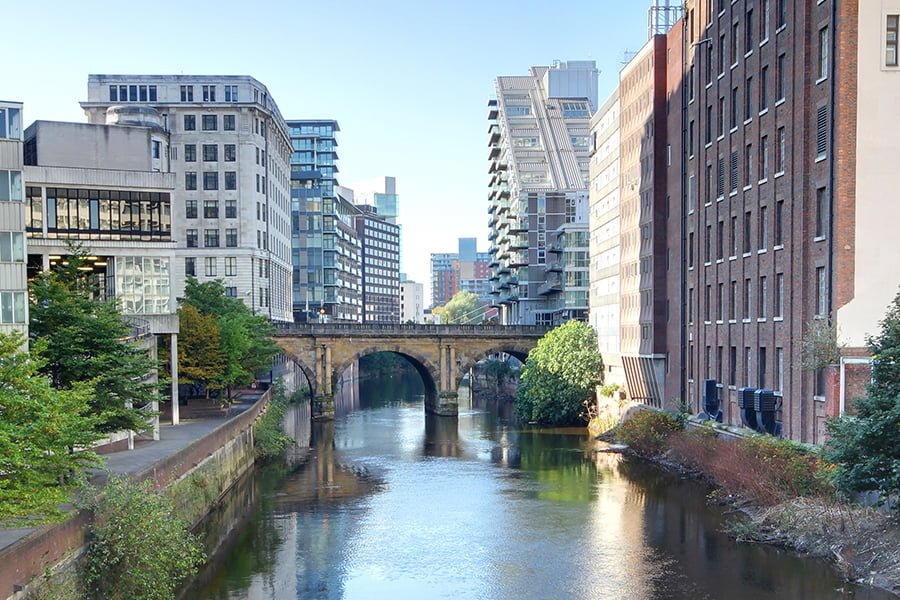
The adoption of the Environment Bill and mandatory Biodiversity Net Gain presents a great opportunity to ensure there are measurable improvements to nature from development. This will not only protect valuable habitats but improve the benefits which we derive from nature and create more resilient landscapes to adapt to the changing climate.
TEP has investigated how this may work out for the city-region of Greater Manchester which has ambitious plans for sustainable growth.
In our 2020 briefing note, we outlined how we applied Natural England’s Biodiversity Metric 2.0, using GIS, to establish a spatial baseline of habitats in Greater Manchester.
The Metric measures biodiversity in Biodiversity Units (BU’s). We found that there are approximately 766,000BU’s within Greater Manchester, averaging 5.8 BU’s per hectare. Most of the units were provided by grassland, heathland and woodland habitats; and the analysis found that the Pennine edge boroughs such as Oldham and Rochdale had a notable proportion of the units.
In our latest briefing note, we look at the potential impacts of development and the potential role of Green Belt in delivering net gain.
We found that approximately 39,216 BU’s could be impacted by proposed development over the next 20 years in Greater Manchester. With good design, many BU’s can be retained or enhanced on development sites. Nevertheless, we estimate there will be a potential shortfall of 9,180 BU’s, based on a 10% net gain requirement.
As land which is largely protected from development, the Green Belt is an opportune location to establish habitat banks to mitigate unavoidable losses on development sites. Through land management improvements, we estimated that about 31,000 BU’s could be created in the Green Belt.
As part of our study, we have summarised our latest findings in this briefing note.
To find out more, please contact the research author, Joe O’Reilly, via gis@tep.uk.com








